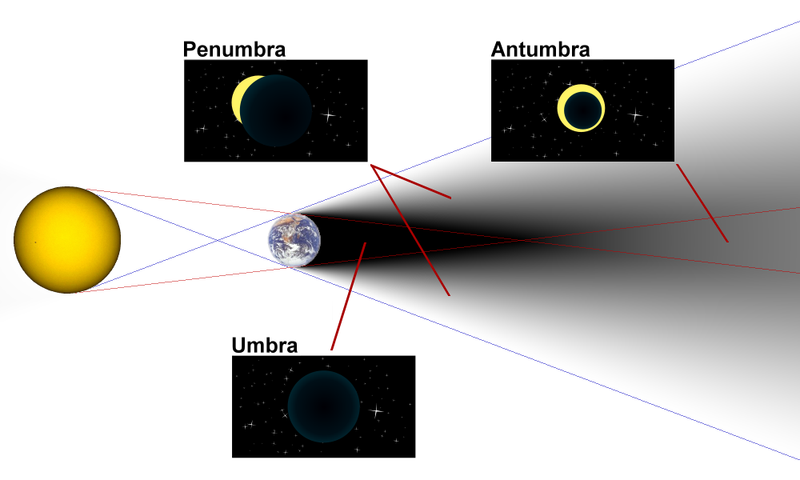We headed back to Mars! This time, the new Mars rover, Curiosity, will be better equipped to discover signs of Martian life, either current or from the past. One of the things that NASA has been doing very well as of late is to promote its new launches and make video of those launches available through a wide variety of outlets. Most cable and satellite TV providers have NASA TV as part of their basic package, but if you don’t have NASA TV at home, you can always stream it from their website at http://www.nasa.gov/multimedia/nasatv/. Below is the official press release from NASA about the upcoming launch and details about pre-launch press conferences discussing the mission.
NASA Sets Mars Science Laboratory Launch Coverage
PASADENA, Calif. — NASA’s Mars Science Laboratory spacecraft with the Curiosity rover is set to launch to the planet Mars aboard an Atlas V rocket on Nov. 25, 2011 from Space Launch Complex 41 at Cape Canaveral Air Force Station in Florida. The launch window extends from 10:25 a.m. to 12:08 p.m. EST (7:25 a.m. to 9:08 a.m. PST). The launch period for the mission extends through Dec. 18.
The spacecraft will arrive at Mars in August 2012. Curiosity has 10 science instruments to search for evidence about whether Mars had environments favorable for microbial life, including the chemical ingredients for life. The unique rover will use a laser to look inside rocks and release their gasses so that a spectrometer can analyze them and send the data back to Earth.
Briefings about the mission are scheduled throughout the week leading to launch and will be held at the Kennedy Space Center’s Press Site.
Science Briefings and Prelaunch News Conference
Monday, Nov. 21, 1 p.m. EST (10 a.m. PST): “What Do We Know About Mars?”
Participants will be:
Michael Meyer, lead scientist, Mars Exploration Program
NASA Headquarters, Washington
John Grotzinger, project scientist, Mars Science Laboratory
California Institute of Technology, Pasadena, Calif.
Bethany Ehlmann, scientist, NASA Jet Propulsion Laboratory, Pasadena, Calif.
Assistant professor, California Institute of Technology, Pasadena, Calif.
Tuesday, Nov. 22, 11 a.m. EST (8 a.m. PST): “Looking for Signs of Life in the Universe”
Participants will be:
Mary Voytek, director, Astrobiology Program
NASA Headquarters, Washington
Jamie Foster, professor, Department of Microbiology and Cell Science
University of Florida, Gainesville
Pan Conrad, deputy principal investigator, Sample Analysis at Mars, Mars Science Laboratory
NASA Goddard Space Flight Center, Greenbelt, Md.
Steven Benner, director, Foundation for Applied Molecular Evolution
Gainesville, Fla.
Catharine Conley, planetary protection officer
NASA Headquarters, Washington
Tuesday, Nov. 22, 1 p.m. EST (10 a.m. PST): Prelaunch News Conference
Participants will be:
Colleen Hartman, assistant associate administrator, Science Mission Directorate
NASA Headquarters, Washington
Omar Baez, NASA launch director
NASA’s Kennedy Space Center, Cape Canaveral, Fla.
Vernon Thorp, program manager, NASA Missions
United Launch Alliance, Denver
Peter Theisinger, Mars Science Laboratory project manager
NASA Jet Propulsion Laboratory, Pasadena, Calif.
Clay Flinn, launch weather officer
45th Weather Squadron, Cape Canaveral Air Force Station, Fla.
Curiosity Mission Science Briefing: This briefing will immediately follow the prelaunch news conference. Participants will be:
Michael Meyer, lead scientist for Mars Exploration Program
NASA Headquarters, Washington
John Grotzinger, project scientist for Mars Science Laboratory
California Institute of Technology, Pasadena, Calif.
Paul Mahaffy, principal investigator for Sample Analysis at Mars investigation on Curiosity
NASA Goddard Space Flight Center, Greenbelt, Md.
David Blake, principal investigator for Chemistry and Mineralogy investigation on Curiosity
NASA Ames Research Center, Moffett Field, Calif.
Michael Malin, principal investigator for the Mast Camera and Mars Descent Imager investigations on Curiosity
Malin Space Science Systems, San Diego
Roger Wiens, principal investigator for Chemistry and Camera investigation on Curiosity
Los Alamos National Laboratory, Los Alamos, N.M.
Wednesday, Nov. 23, 1 p.m. EST (10 a.m. PST): “Why Mars Excites and Inspires Us”
Participants will be:
Leland Melvin, associate administrator for Education
NASA Headquarters, Washington
Scott Anderson, teacher and science department chairman
Da Vinci School for Science & the Arts, El Paso, Texas
Clara Ma, student, NASA contest winner for naming Curiosity
Shawnee Mission East High School, Prairie Village, Kansas
Veronica McGregor, manager, Media Relations Office
NASA Jet Propulsion Laboratory, Pasadena, Calif.
Wednesday, Nov. 23, 2 p.m. EST (11 a.m. PST): “Missions to Mars: Robotics and Humans Together”
(Originating from NASA’s Johnson Space Center, Houston)
Doug Ming, manager, Human Exploration Science Office; Mars Science Laboratory Co-Investigator
NASA Johnson Space Center, Houston
Bret Drake, deputy chief architect, Human Spaceflight Architecture Team
NASA Johnson Space Center, Houston
Matt Ondler, assistant director, Advanced Project Development
NASA Johnson Space Center, Houston
Mike Gernhardt, NASA astronaut
NASA Johnson Space Center, Houston
John Charles, program scientist, Human Research Program
NASA Johnson Space Center, Houston
A post-launch news conference will be held at the NASA News Center approximately 2 ½ hours after launch.
NASA Television Launch Coverage
On Friday, Nov. 25, NASA Television coverage of the launch will begin at 8 a.m. EST (5 a.m. PST) and conclude after spacecraft separation from the Atlas V occurs 53 minutes, 49 seconds after launch. Live launch coverage will be carried on all NASA Television channels.
A post-launch news conference will be held at the Kennedy press site approximately 2 ½ hours after launch.
For NASA Television downlink information, schedule information and streaming video, visit: http://www.nasa.gov/ntv .
Launch coverage also will be available on local amateur VHF radio frequency 146.940 MHz broadcast within Brevard County.
Ustream Coverage
The Mars Science Laboratory news conferences, briefings and launch will be streamed live on Ustream at http://www.ustream.tv/nasajpl .
NASA Web Coverage
Extensive prelaunch and launch day coverage of the liftoff of the Mars Science Laboratory spacecraft aboard an Atlas V rocket will be available on NASA’s home page on the Internet at: http://www.nasa.gov .
A prelaunch webcast for the mission will be streamed on the Web on Wednesday, Nov. 22, at noon EST (9 a.m. PST). Live countdown coverage through NASA’s Launch Blog begins at 8 a.m. EST (5 a.m. PST) on Friday, Nov. 25. Coverage features live updates as countdown milestones occur, as well as streaming video clips highlighting launch preparations and liftoff.
To view the webcast and the blog or to learn more about Mars Science Laboratory, visit the mission home page at: http://www.nasa.gov/msl and http://mars.jpl.nasa.gov/msl .
Twitter
The NASA News Twitter feed will be updated throughout the launch countdown. You can follow the updates at: http://www.twitter.com/nasa and http://www.twitter.com/nasakennedy and http://www.twitter.com/nasajpl .
NASA’s Jet Propulsion Laboratory, Pasadena, Calif., a division of the California Institute of Technology, manages the Mars Science Laboratory mission. Launch management is the responsibility of NASA’s Launch Services Program at the Kennedy Space Center in Florida. The Atlas V launch service is provided by United Launch Alliance, Denver.
The full version of this story with accompanying images is at:
http://www.jpl.nasa.gov/news/news.cfm?release=2011-349b&cid=release_2011-349b

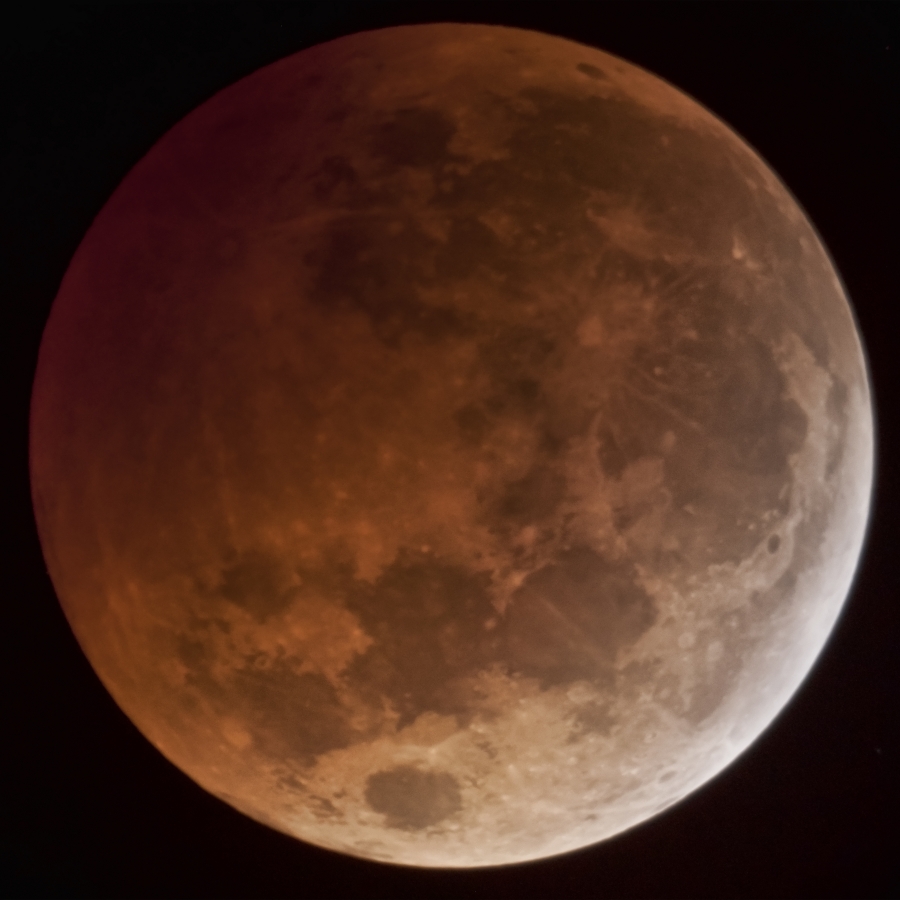


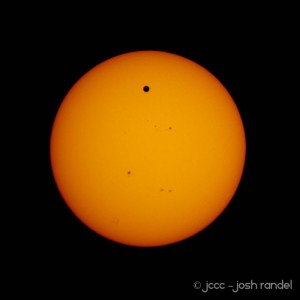
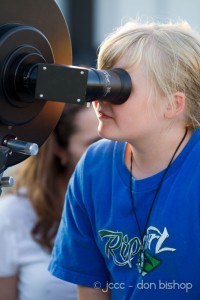

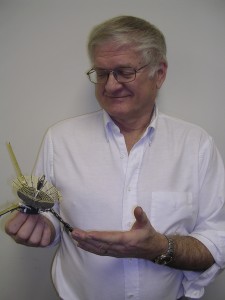 The JCCC Science Division presents an EVENING WITH THE STARS to be held on April 28th at 7:00pm in the Craig Auditorium, GEB 233.
The JCCC Science Division presents an EVENING WITH THE STARS to be held on April 28th at 7:00pm in the Craig Auditorium, GEB 233.
